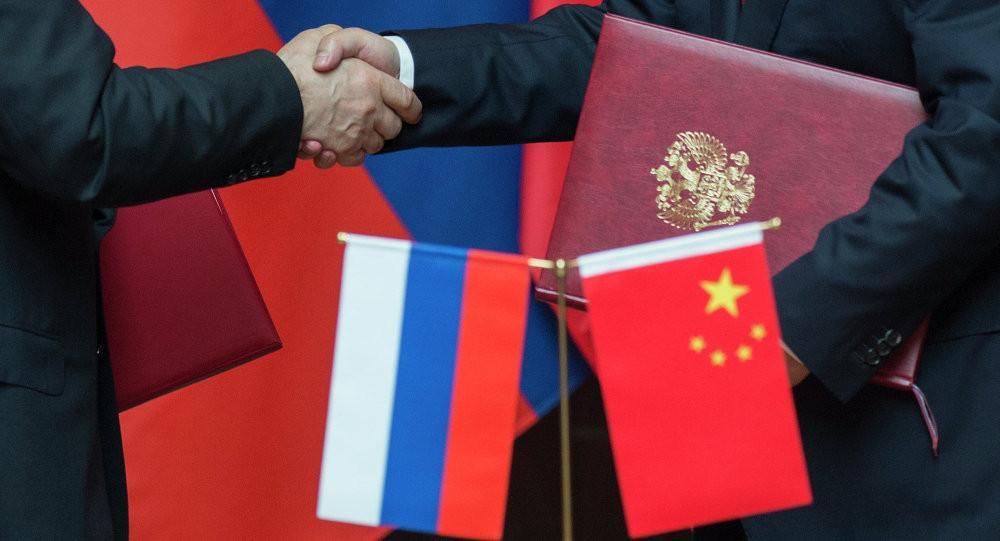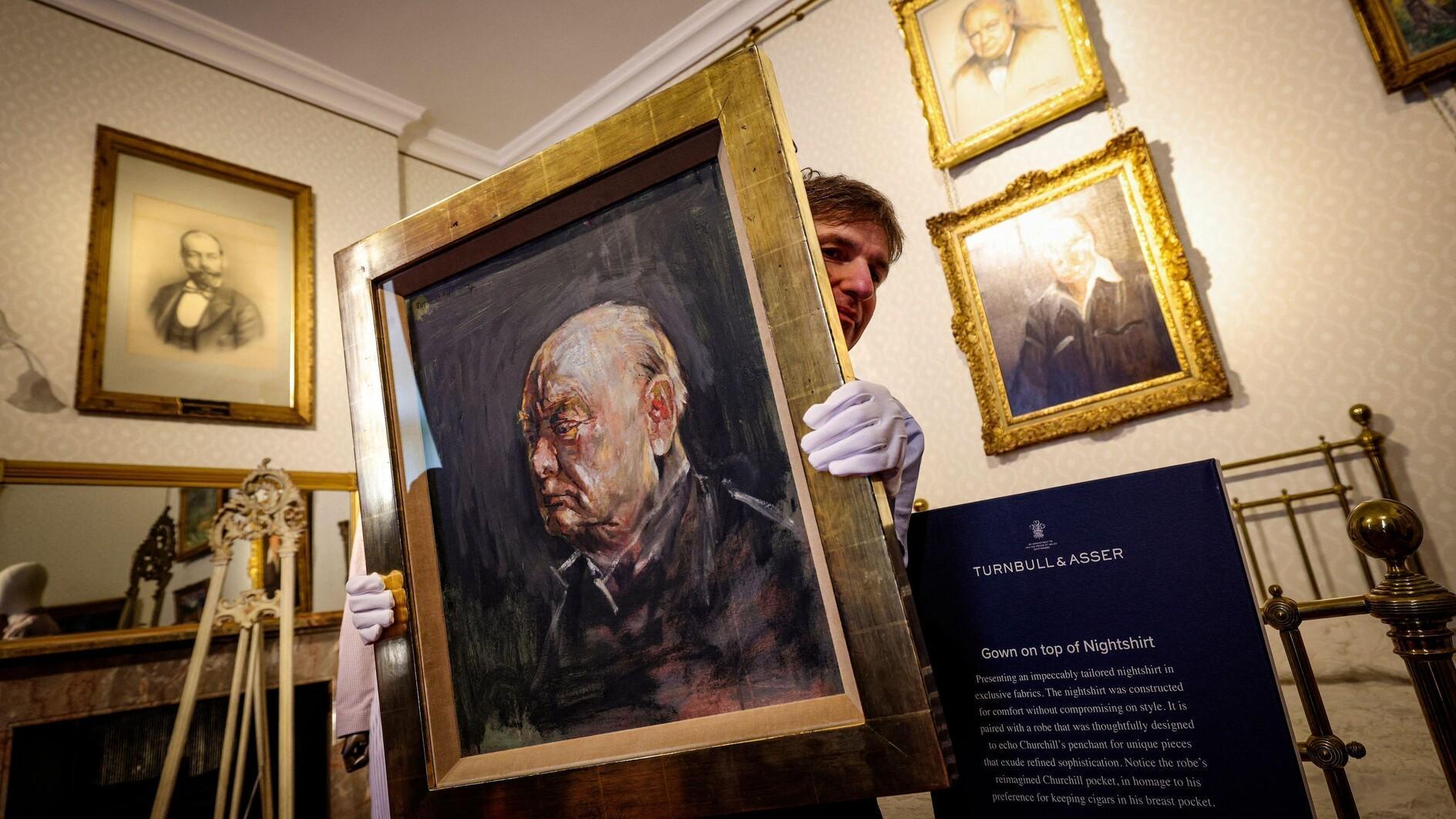Russia, China aim for $200B bilateral trade turnover
MOSCOW-Anadolu Agency

Russia and China plan to double by 2024 the bilateral trade turnover from current $108 billion to $200 billion through projects in energy, industry, high technology and agriculture.
The $108 billion trade turnover was reached by the two countries in 2018 thanks to implementation of a number of projects, primarily in energy domain that dominates Russian-Chinese economic relations, according to the Russian Federal Customs Service.
Around 74 percent of Russian export to China is related to mineral fuels -- oil, gas, coal and petroleum products. Besides, Russia is China's biggest supplier of the crude oil.
Russia and China have run two pipelines -- Eastern Siberia-Pacific Ocean oil pipeline and Power of Siberia gas pipeline -- and an oil refinery in Tianjin city.
In atomic energy, Moscow and Beijing cooperate in construction of nuclear power plants. Russia also provide the necessary equipment and atomic fuel to China.
In 1998-2018, Rosatom's subsidiary Atomstroyexport built 4 units of Tianwan Nuclear Power Station. Another subsidiary TVEL supplies the units with fuel.
The completion of the project was followed by signing of two more agreements in June and November 2018, under which Russia will design two units of the Xudabao Nuclear Power Plant in Liaoning province and the China Experimental Fast Reactor (CEFR) near Beijing.
Russia and China help each other to meet their demands due to sanctions put in place by the Western countries.
Russia's import of machinery and equipment from China started to grow after 2010 and currently amounts to 57 percent of total imports from Beijing.
China has been for many years one of the active buyers of Russian arms since the EU and U.S. arms embargo, introduced in 1989.
Currently, according to data of the Russian Federal Service on Military and Technical cooperation, China's portfolio of orders for Russian weapons amounts to $7 billion.
Financial and infrastructural support
The projects in energy are supported by financial cooperation and infrastructural projects.
Two investment funds were established to push the implementation of projects. They are Russian-Chinese Investment Fund worth 68 billion yuan (about $10 billion) in 2017, and Chinese-Russian Fund worth 5 billion yuan (about $750 million) in 2019.
In addition, the central banks of the two countries signed a currency swap agreement. The move allowed facilitating the financial transactions and increased the share of payments in national currencies to 15 percent.
Another pillar of Russian-Chinese economic cooperation is a well-developed transport system, connecting the two countries.
Russia and China are part of the international transportation corridor Europe-West China and both take part in the One Belt, One Road project.
In recent years, a railroad bridge across the Amur River was erected.
Currently, the two countries work on construction of the highway bridge and ropeway across the waterway.
















